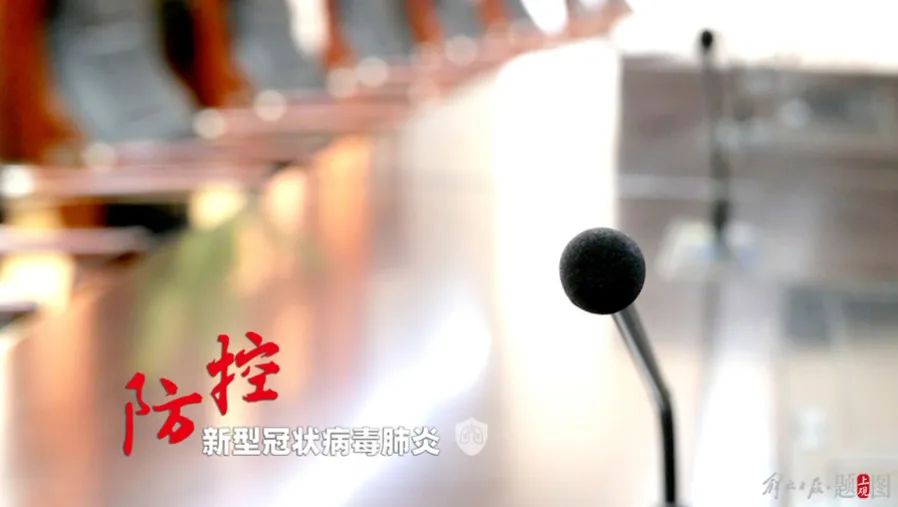Little boys have often been "strange smiles" since the age of half!"Culminated" is actually a laughing epilepsy
Author:Guangdong Medical University S Time:2022.08.01
The 3 -year -old little boy Xixi (pseudonym) was just like his name, and he always smiled. He was the "laugh boy" in the eyes of his family.
However, Xixi has a quirk, that is, from time to time, "giggling" laughter from time to time. Due to the age and not language expression, parents think that this is a child's happiness and happiness.
Unexpectedly, as Xixi continued to grow up, the situation of "giggling" laughter not only changed, but became more and more frequent. This kind of self -laugch has attracted the attention of Xixi's parents regardless of the situation without any exchanges.
"He was giggling from time to time at that time. He laughed for a long time, and it was just ten seconds. At first we thought that the child loved to laugh." Said Sai's mother said.
The road to medical treatment is used for traditional Chinese and Western medicine
From 1 and a half years old, Xixi's parents took him to many hospitals for examinations. For example, Xixi has performed brain electrocardiogram and nuclear magnetic resonance inspections in other hospitals, but it has not been abnormal. I have also taken some Chinese medicine, and I have not seen any improvement. The elderly in the family even believed that the child may be "something unclean follows" ... The abnormal behavior of "Love and laughing boy" made the whole family worry about.
About a month ago, the frequency of "giggling" laughter in Xixi became more and more frequent, sometimes from dozens of minutes or even several minutes. Seeing that the child's situation was getting worse, by chance, Xixi's parents brought their children to the Shunde Women's and Children's Hospital of Guangdong Medical University (Shunde District Maternal and Child Health Hospital).
In the hospital's pediatric neuros specialist clinic, the doctor Peng Liuquan carefully watched several videos shot by his family members and found that the child's strange laughter characteristics are very distinct: suddenly, the cause of the cause of the cause of the cause of sexual changes, repeated attacks, and the laughter of laughter.
With rich clinical experience, Dr. Peng realized that Xixi might be smiling epilepsy. The symptoms of "smiling epilepsy (GS)" were officially named "GS" by the International Antilateral Alliance in 2001, and GS is more common in children with martial arts neurons.

Although the parents said that the results of the head nuclear magnetic resonance inspection at the age of 2 were not abnormal at the age of 2, Dr. Peng suspected that it might be related to the smaller tumor at the time.
Subsequently, Dr. Peng had a detailed communication with Xixi's parents, and informed the radiologist in detail about the specific situation, and arranged for the thin layer scan of the skull.
In the results of the skull magnetic resonance thin layer scanning test, Dr. Peng combined with many years of clinical experience, considering that the child may be the intracranial hypothalamus misplaced tumor. The mystery finally solved, and the strange laughter of Xixi can be basically determined.
"True Murder" was finally caused by a rare disease
Hulkuramus neuron error tumor (HH) is a rare congenital brain tissue developmental abnormal lesion, also known as ash nodule error tumor. It is an excellent neural tissue that occurs in the ash nodule area, and is not a real tumor. The incidence of the crowd is about 1/5 to 100,000. host.

West West's intracranial MR image, the red arrow is tumor
The treatment of hypothalamus neuron is divided into two types: drug therapy and surgical treatment. However, the treatment of drugs and the effect is not ideal, because the source of epilepsy is a hypothalamic tumor. If it does not start with the root cause, it is difficult to suppress the refractory epilepsy caused by it. Therefore, it is recommended to surgery. At present, my country mainly adopts two surgical schemes of the steroidal dome and right -wing doting routes for lowering tumor resection. In addition, in recent years, there have been cases of removal of hypothalamic tumors through endoscopic technology such as radio frequency ablation.
The three -year -old boy Xixi frequently laughed. After turning around many hospitals, he finally found the cause under the efforts of the pediatric neuropathic group in our hospital. It was a rare intracranial tumor. The confused parents also found the treatment direction.
- END -
Walking for 2 minutes and 2 hours, such patients in summer are "tie" for consultation. I am afraid that hot sweat is the main symptom

It's hot, why is it so hot this year?My sweat can't fall!I often hear it in the su...
Shanghai yesterday added local diagnosis +2!Within the 12 -year -old epidemic in the Yangtze River Delta within a week, more than 200 people in Anhui have been added in a single day →

Shanghai yesterday added 2 new local diagnosis casesThose who have no symptoms of ...